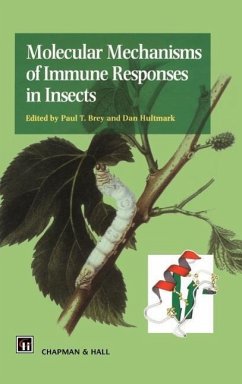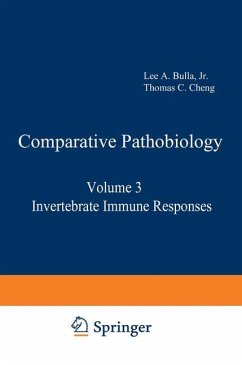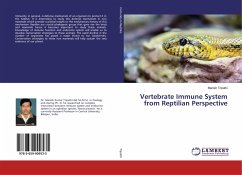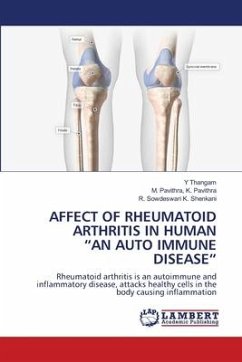Insects are the most numerous and diverse group of animals on earth, not only in number of individuals, but also in number of species. They inhabit virtually all terrestrial and freshwater environments, where they must protect themselves from an array of commensal, pathogenic and parasitic organisms that share the same ecological niches.
Since the early 20th century, scientists have been intrigued by how insects defend themselves against microbial attack. We are currently witnessing a break-through in our understanding of the mechanisms governing immune reactions in insects. Molecular Mechanisms of Immune Responses in Insects covers various aspects of these mechanisms starting with a historical chapter on the origins of insect immunity. There are also chapters that cover antibacterial peptides from insects and their mode of action, relationships between insect defense proteins and development and immune mechanisms in vectors of transmissible disease. Other key areas covered include antibacterial peptides of the insect reproductive tract, regulation of insect immune genes and immune protein cascades, as well as a chapter on the cellular tools that revolutionized the study of molecular mechanisms of the insect immunity.
Molecular Mechanisms of Immune Responses in Insects is written for a broad audience ranging from specialists in the field of innate immunity to informed biologists and graduate students fascinated by the simplistic efficiency of a `primitive' immune system. Fully up-to-date, this volume presents the reader with the most significant work from the major laboratories throughout the world. The contributors to the book reflect, both in concept and style, the international dimension of this area of science.
Since the early 20th century, scientists have been intrigued by how insects defend themselves against microbial attack. We are currently witnessing a break-through in our understanding of the mechanisms governing immune reactions in insects. Molecular Mechanisms of Immune Responses in Insects covers various aspects of these mechanisms starting with a historical chapter on the origins of insect immunity. There are also chapters that cover antibacterial peptides from insects and their mode of action, relationships between insect defense proteins and development and immune mechanisms in vectors of transmissible disease. Other key areas covered include antibacterial peptides of the insect reproductive tract, regulation of insect immune genes and immune protein cascades, as well as a chapter on the cellular tools that revolutionized the study of molecular mechanisms of the insect immunity.
Molecular Mechanisms of Immune Responses in Insects is written for a broad audience ranging from specialists in the field of innate immunity to informed biologists and graduate students fascinated by the simplistic efficiency of a `primitive' immune system. Fully up-to-date, this volume presents the reader with the most significant work from the major laboratories throughout the world. The contributors to the book reflect, both in concept and style, the international dimension of this area of science.








